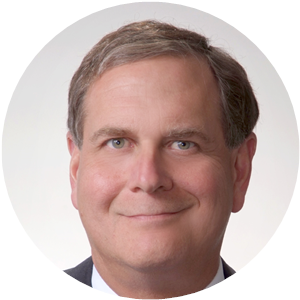In July, the MIT Center of Real Estate held its virtual 2021 World Real Estate Forum. While each piece of information shared during the event was insightful, there were a few takeaways particularly useful for SIOR and CRE experts.
Data
Professor Alex Pentland, author of Building the New Economy: Data as Capital spoke about data as a means of production. Collecting, managing, and monetizing data is the business of our time, so companies with good collection practices of customer data create more value. One visual example was a comparison of credit card and retail spending data to predict flows of people to local stores and entertainment. Population and spending density are reliable predictors of future growth. Other indicators of growth are the presence of transportation and diversity. Fundamental to every transaction in the “New Economy” will be distributed systems, blockchain, tokens, and digital assets.
CRE and the Environment
Speakers also discussed ways to de-carbonize, including a presentation by Dr. Edgar Blanco, founder of MIT’s Megacity Logistics Lab and director of Amazon’s worldwide sustainability goal of reaching net-zero carbon by 2040. For those involved with corporate real estate, the Climate Pledge has been taken by 100+ leading global corporations who have joined Amazon’s target. To fulfill the pledge, companies will measure and report their greenhouse gases, eliminate carbon, and neutralize with credible offsets. With the built environment contributing 38% of greenhouses gases, industrial and office real estate will receive considerable attention for carbon reduction. For logistics, Dr. Blanco’s plans for Amazon Delivery Stations are to create electric hubs with solar, hydrogen, micro-grids, and battery storage so all vehicles are powered by renewables
Related to sustainability are healthy buildings. Tony Malkin, chairman of Empire Realty Trust, addressed his lessons from transforming the Empire State building into a healthful and energy-efficient office building. High environmental standards and transparency leads to better leasing results. The most pointed part of his presentation was the scientific rigor used for measuring, modeling, and testing before engaging on costly improvements. This standard of pragmatism is supported by Malkin’s sustainability work on Real Estate Roundtable, which relies on science and evidence. He also referred to Joseph Allen, professor at the Harvard T.H. Chan School of Public Health and authoritative resource for healthy buildings and environmental health. Additional speakers addressed air quality and the positive impact that clean air has on work and city vibrancy. Their argument: dirty air creates places that people will avoid. Healthy buildings are created by ventilation, reduction of bad air, elimination of indoor sources, maintaining dry conditions, and installation of sensors.
The important point for CRE professionals is to be well-versed in ESG (Environmental, Social, and Governance) basics, particularly regarding corporate real estate. Having this knowledge will make you a valuable advisor to developers and occupiers, alike.
CRE and the Virtual Financial World
The program then shifted to crypto finance and virtual worlds. Virtual real estate is being traded on sites like Decentraland or Superworld, paid for with bitcoin or ether, and constructed with Unreal Engine or Unity. Rents are being charged to tenants and the best locations are purchased and syndicated to partners as you see in conventional, non-virtual real estate. Through this, millions of dollars are being transacted. In terms of financing, tokenization is in its infancy and is being used to buy single property assets in place of securitization. Blockchain is being used in private markets while investors seek to comply with Reg D. Crypto is paving the way for micro-finance, fractionalization, single-asset syndication, and creation of liquidity
Additional programs addressed climate change, digital twins, 5G, and smart building materials. Each session had meaning for our business. One announcement particularly relevant was the launch of the MIT Tech Tracker with JLL. The project cataloged almost 800 technologies associated with real estate organized by relevancy and momentum. Top technologies for real estate include smart robotics, digital leasing, energy modeling, IoT, AR, wearables, chatbots, 4D printing, and hypercells. As technology leads to more change, the relationship SIOR has with MIT will give us the right direction to invest in our future endeavors.






